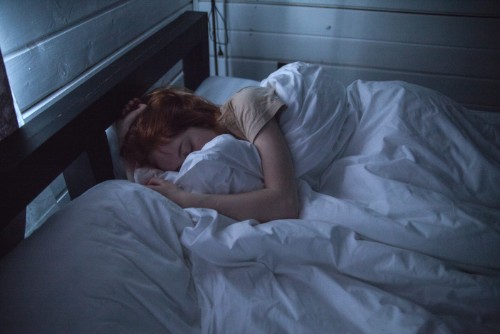Deep Sleep vs REM Sleep
May 8, 2021The Impact of Napping on Cognitive Functioning
June 4, 2021
If you’re like me, then those early days of Houston spring when the sun starts rising a bit early each day and we can more reliably count on sunny days then cloudy, you begin to notice a spring in your step and an improvement in your mood. You might also notice some improvement in your sleep as the days begin to lengthen. For others, the shift in seasons can work in the other direction and impair sleep.
Why is this? What does the sun have to do with our sleep cycle?
You see, sunlight is an important external factor that impacts our sleep. Sunlight is called a zeitgeber (cool word!), which is a cyclical or rhythmic natural phenomenon which cues the body in it’s regulation of circadian rhythms, or our body’s biological clock. We have specialized cells in the retina of our eyes that are sensitive to light. These cells then communicate with the brain about whether it’s daytime or nighttime, thus prompting our body’s clock to think “hey, it’s daytime, time to be awake,” or “hey, it’s nighttime, time to go to sleep!”
So, as the mornings begin to be lighter with earlier sunrise time, our eyes are taking in that sunlight and effectively telling our brains to wake up. This primes our internal clock for the next 24-hour cycle. However, the key is getting exposure to that light first thing in the morning. Ideally actual sunlight, but if you can’t expose yourself to sunlight, then light therapy can be an alternative (caveat: light therapy is best pursued with the help of a trained sleep professional).
But, the reverse is true for our preferred bedtime. As the sun stays up longer (or we leave the lights on in our home), this increased exposure to light in the later hours can delay the phase of our internal clock and prevent us from feeling sleepy until later. And don’t forget the impact of Daylight Saving Time, which throws our daylight cycle, clock time and sleep-wake rhythm off by an entire hour. Most people return to natural equilibrium after springing forward within a few days, but everyone’s body is a bit different, so don’t be surprised if it takes you longer to reset.
So what are we to do about this, since clearly we have no control over when the sun rises and sets? Well, the two key components to maintaining a strong biological clock are early morning light exposure and a consistent bedtime and waketime to help strengthen that biological clock. If you do those two things with consistency, then in a matter of days your body’s biorhythm should be back on track.
Interested in more ways to get your sleep back on track? Check out my post on how therapy can help sleep, and also the impact of caffeine on sleep. And if you like my blog and have questions you’d like answered, drop me a line and I’m happy to tailor posts to your interests!






2 Comments
Hi, Elaine – you’ve been most helpful in getting my circadian rhythm back in sync! I thank you! One question about light therapy. How long should the light be on? I’ve been doing 15 minutes upon getting up every day. I remember you saying how much time is needed but can’t recall. With all the gloomy weather lately, the light therapy has been good but hopefully I’m not overdoing it. Have a good day.
Good question! Fifteen minutes is the dose you want to begin with, but you can expand it out by 15-minute increments up to as long as two hours. You want to expand your exposure window until you get adequate symptom relief. Hope this helps!